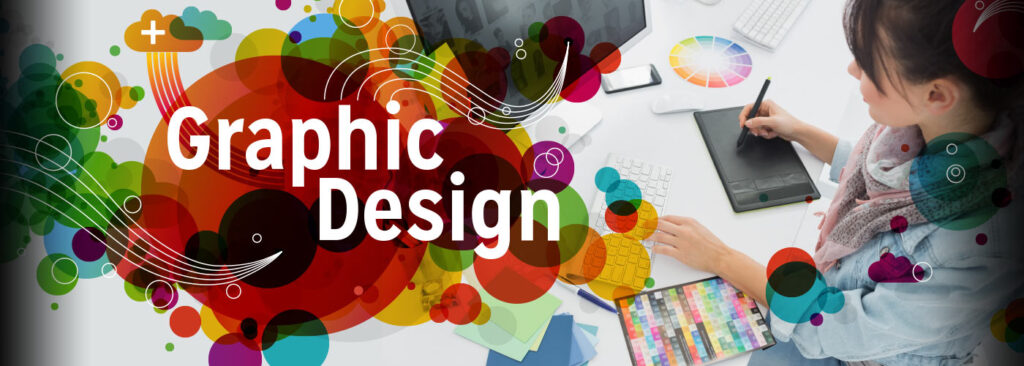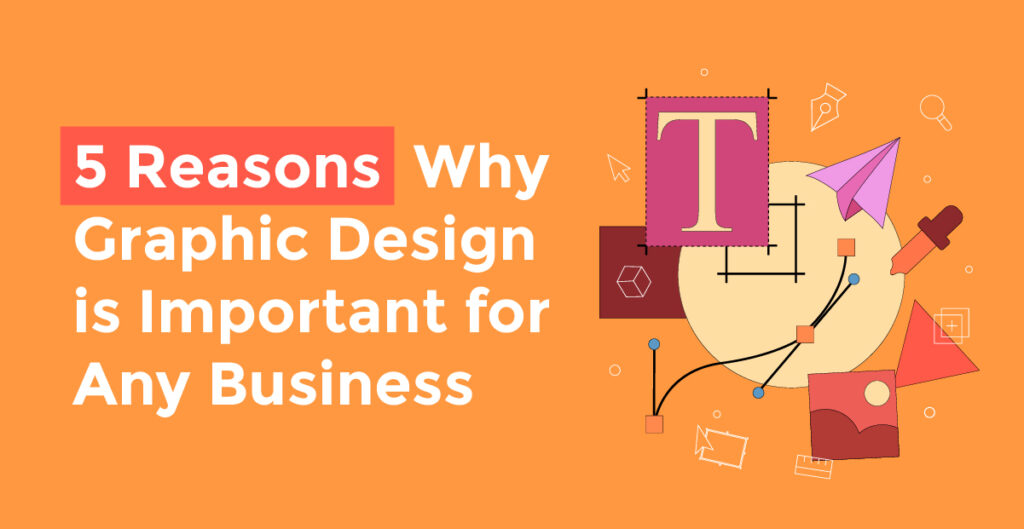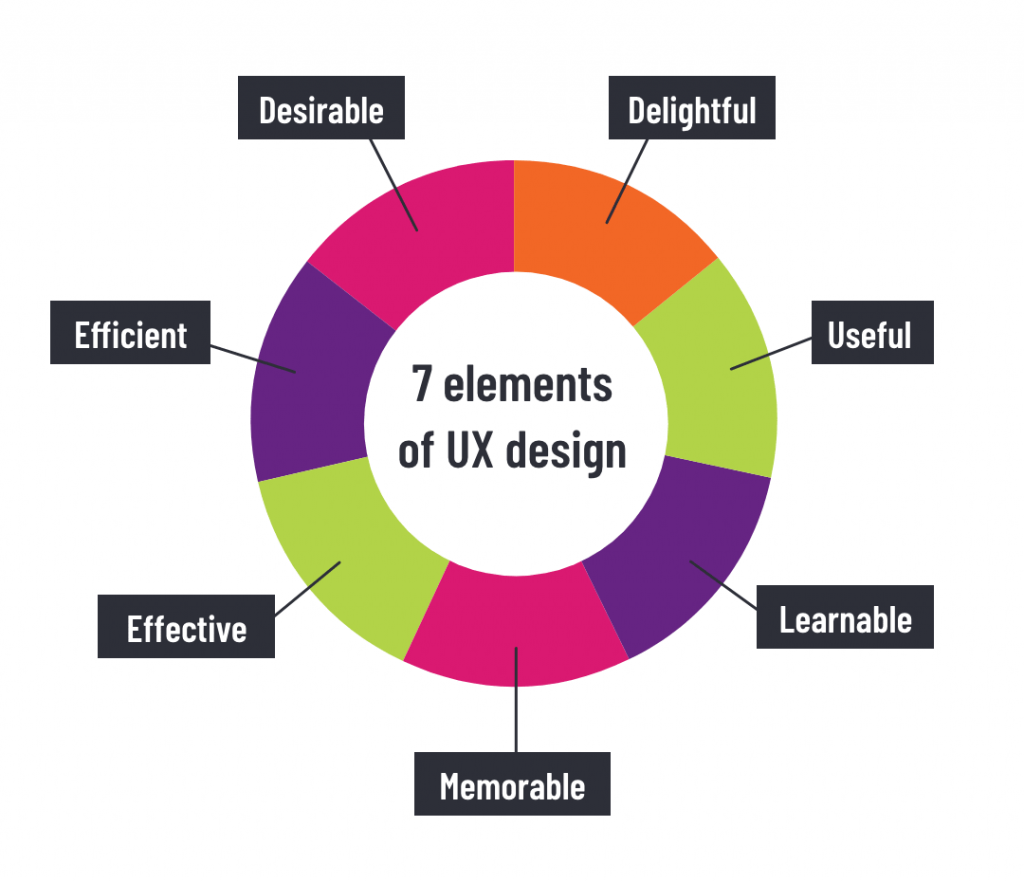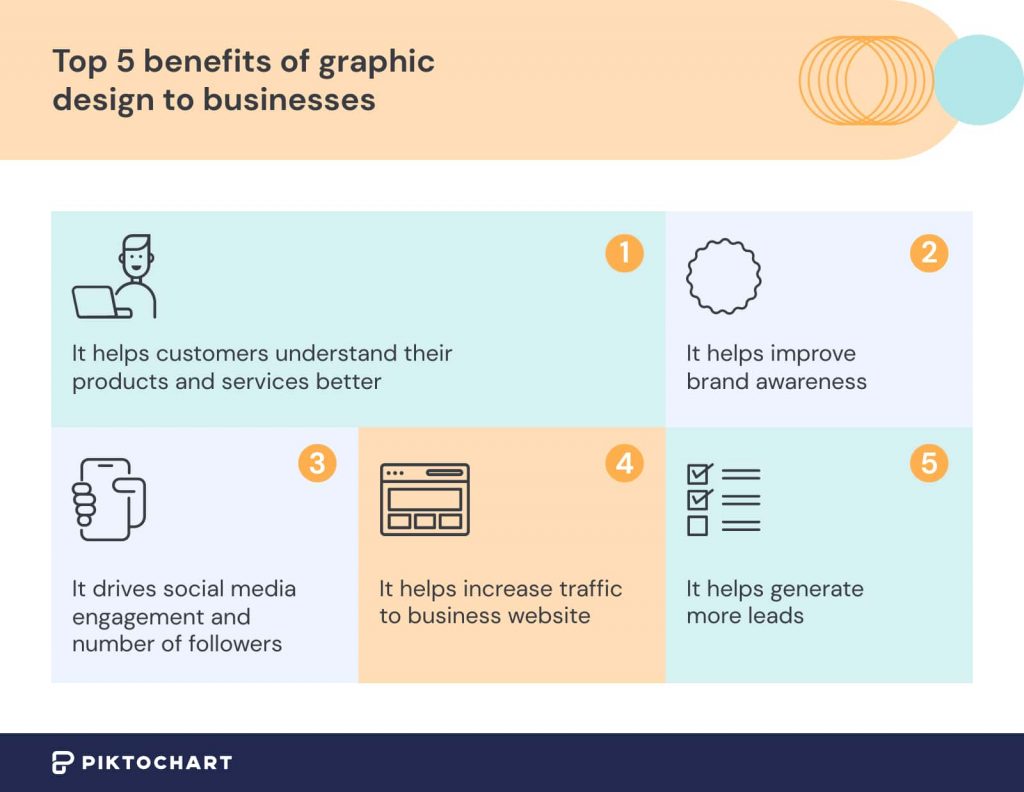
in today’s visually driven world, graphic design has become the heart of communication. Whether it’s a brand logo, a social media post, a website banner, or product packaging, everything we see is shaped by design. Good design not only attracts attention but also builds trust, creates emotional connections, and drives action.
Let’s explore the world of graphic designing, its importance, key elements, and how businesses can use it to stand out.
Table of Contents
What is Graphic Designing?
Graphic designing is the art of visually communicating messages using typography, images, colors, shapes, and layout. Designers use different tools and techniques to create visuals that convey information or evoke emotions.
Graphic design is everywhere:
- Logos and branding
- Social media creatives
- Website design
- Brochures and flyers
- Packaging
- Advertisements
- Infographics
- UI/UX designs
Basically, if it has a visual and communicates something—it’s graphic design!
Why is Graphic Designing Important?

1. First Impressions Matter
People judge brands in just a few seconds. A professionally designed logo, website, or ad creates a strong first impression. Poor design, on the other hand, can make a brand look unprofessional or outdated.
2. Boosts Brand Identity
Graphic design helps shape how people see your brand. Consistent visuals—colors, fonts, imagery—create a strong and memorable brand identity. Think about brands like Apple or Coca-Cola—you instantly recognize their design style.
3. Increases Engagement
Well-designed visuals grab attention. Whether it’s an Instagram post or a YouTube thumbnail, creative designs can boost likes, shares, and comments. People are more likely to engage with content that looks appealing.
4. Simplifies Communication
Complex ideas can be communicated easily through infographics, icons, or illustrations. A good design breaks down information in a visual, easy-to-understand format.
5. Drives Conversions
Design influences emotions and behavior. A clean landing page with the right color scheme and clear CTA (Call to Action) can increase clicks, sign-ups, or sales.
Types of Graphic Design
There are different areas within graphic designing, each with its own purpose:
1. Branding & Logo Design
This includes logos, brand colors, business cards, and brand guidelines. It creates the foundation of a brand’s visual identity.
2. Marketing & Advertising Design
Includes flyers, brochures, posters, banners, and digital ads used for promotions.
3. Social Media Design
Creating engaging visuals for platforms like Instagram, Facebook, LinkedIn, etc., including reels covers, carousel posts, stories, and profile banners.
4. Web & App Design
Designing websites and apps (UI/UX) with user-friendly layouts, icons, buttons, and navigation.
5. Print Design
Includes book covers, magazine layouts, product packaging, and merchandise design.
6. Infographics & Presentations
Using visuals to explain data, stats, or concepts. Common in business pitches and educational content.
Key Elements of Great Design

To create effective designs, some core principles must be followed:
1. Balance
Visual balance ensures no part of the design feels heavier than another. This could be symmetrical or asymmetrical depending on the layout.
2. Alignment
Everything in a design should have a connection. Proper alignment brings order and professionalism.
3. Contrast
Using different colors, sizes, or fonts helps important elements stand out. For example, using white text on a dark background.
4. Hierarchy
This decides what viewers should see first. Headlines are bigger and bolder, while less important info is smaller.
5. Repetition
Repeating elements like colors or fonts builds consistency across designs.
6. White Space
Also called negative space, this is the empty space between elements. It helps designs look clean and focused.
Tools Used in Graphic Designing
Here are some popular tools designers use:
- Adobe Photoshop – For photo editing and creative designs
- Adobe Illustrator – Best for logo and vector designs
- Canva – User-friendly for beginners, great for social media posts
- Figma – Popular for UI/UX and website design
- CorelDRAW – Another tool for vector design
- Procreate – For digital illustrations, mainly used on iPads
Whether you’re a pro or just starting, the right tool makes a huge difference.
Trends in Graphic Design (2024–2025)
Design is always evolving. Some current trends include:
- Minimalist Design – Clean, clutter-free, and simple layouts
- Bold Typography – Large, creative fonts making a statement
- 3D Elements – Adding depth with 3D graphics or animations
- Muted Color Palettes – Soft and natural color tones
- Collage and Mixed Media – Combining illustrations, photos, and textures
- Motion Graphics – Animated designs used in reels, websites, or ads
Staying updated with trends helps your designs feel fresh and modern.
How Businesses Can Benefit from Graphic Design

If you run a business—big or small—investing in good design pays off. Here’s how:
- Better marketing – Eye-catching graphics boost your ad performance.
- Professional look – Customers trust brands that look polished.
- Brand recall – Unique designs help people remember you.
- Increased sales – Strong visuals influence purchase decisions.
Even if you’re a freelancer or startup with a limited budget, tools like Canva can help you create impressive designs without hiring a full-time designer.
Final Thoughts
Graphic designing is more than just “making things look pretty.” It’s a powerful way to communicate, connect, and convert. Whether you’re a brand trying to stand out or a marketer trying to grab attention—design plays a major role in your success.
In short, design speaks before words do.
So, start paying attention to how your brand looks online—because good design is no longer optional, it’s essential.





